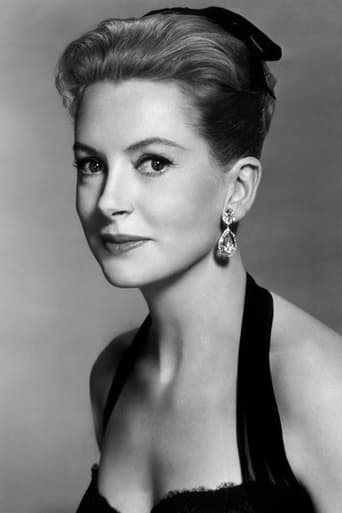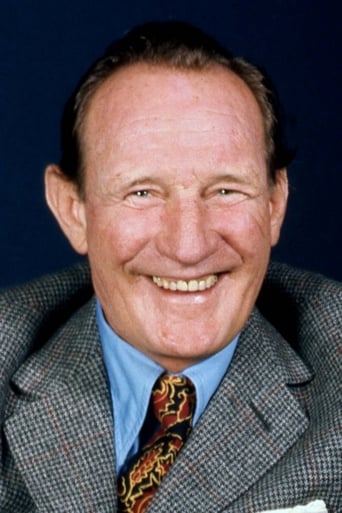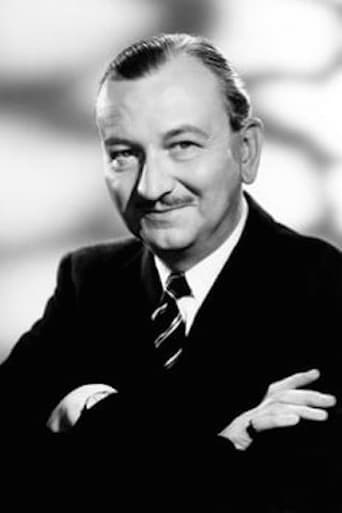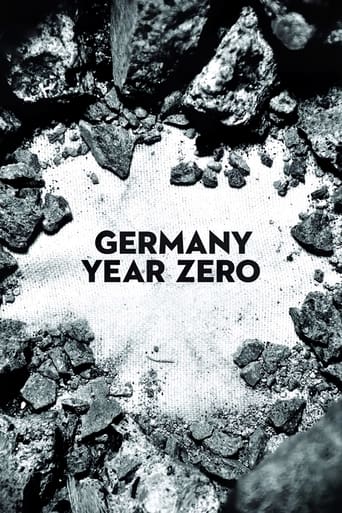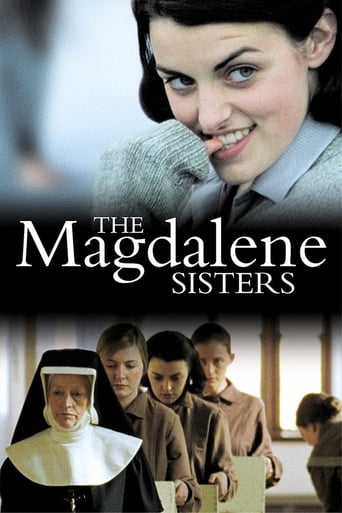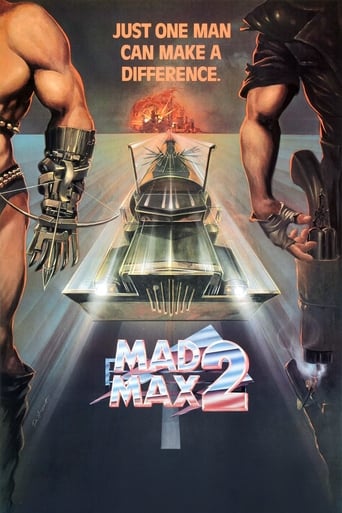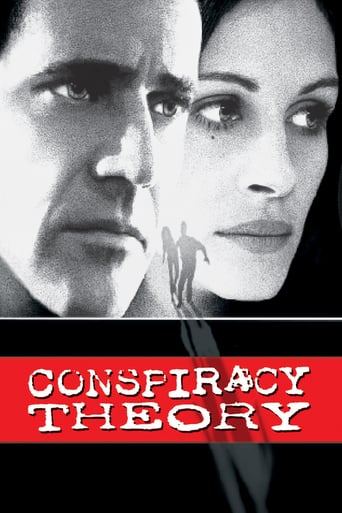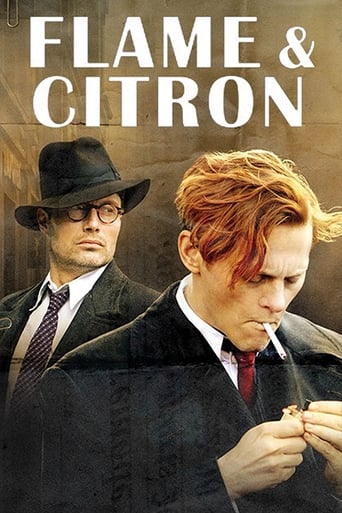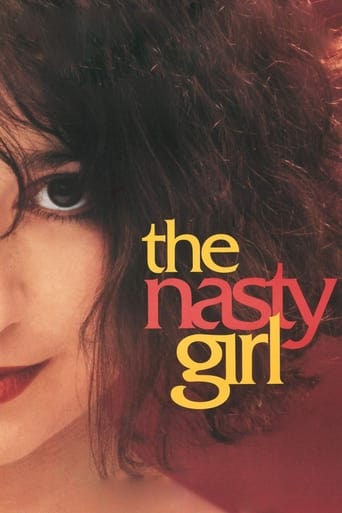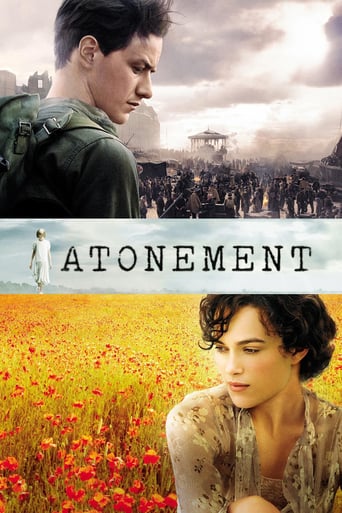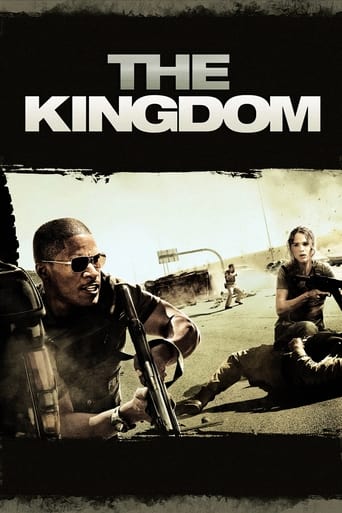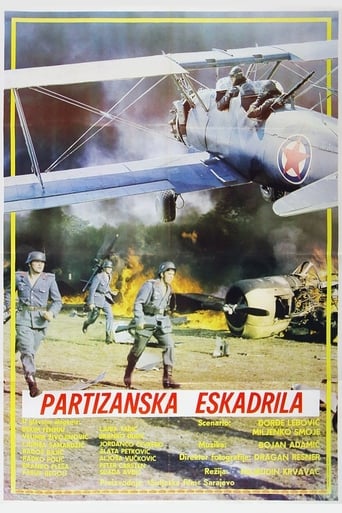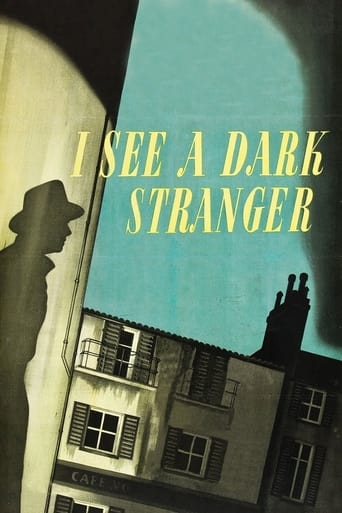
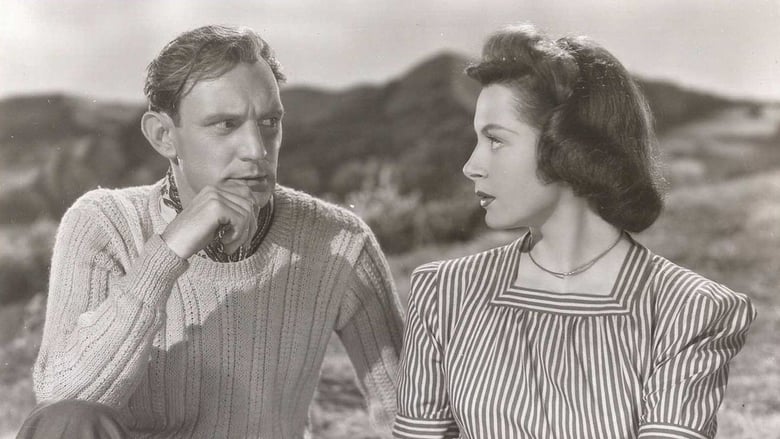
I See a Dark Stranger (1946)
Determined, independent Bridie Quilty comes of age in 1944 Ireland thinking all Englishmen are devils. Her desire to join the IRA meets no encouragement, but a German spy finds her easy to recruit. We next find her working in a pub near a British military prison, using her sex appeal in the service of the enemy. But chance puts a really vital secret into her hands, leading to a chase involving Bridie, a British officer who's fallen for her, a German agent unknown to them both, and the police...paralleled by Bridie's own internal conflicts.
Watch Trailer
Cast


Similar titles
Reviews
How sad is this?
Did you people see the same film I saw?
if their story seems completely bonkers, almost like a feverish work of fiction, you ain't heard nothing yet.
It's the kind of movie you'll want to see a second time with someone who hasn't seen it yet, to remember what it was like to watch it for the first time.
One of the first films concerning D-Day, this is a very entertaining spy thriller written by Frank Launder (who also directed) and Sidney Gilliat. It is the only film that I ever seen dealing with the issue of the Irish Free State's neutrality in World War II, albeit somewhat indirectly, and the only one that I am even aware of so this Irishman found it very interesting on that score, particularly since my PhD thesis concerns Irish society and the way that it shaped Irish law from the 1920s to the 1940s. The film's first half was certainly its strongest as I found the introduction of the bumbling Goodhusband and the more competent Spanswick to be slightly distracting. When they arrived on the scene, it became something of a farce as opposed to a thriller with some comedic elements. The film bears some superficial similarities to Launder and Gilliat's earlier and better written film "The Lady Vanishes". Goodhusband and Spanswick are essentially less funny versions of Charters and Caldicott.Deborah Kerr is wonderful in the lead role of Bridie Quilty, an extremely nationalistic 21-year-old Irishwoman who was raised on a diet of her late father's tall tales about his alleged participation in the 1916 Rising and the Irish War of Independence. Taking the old Fenian motto "England's difficulty is Ireland's opportunity" to heart, she attempts to join the IRA. However, she is rebuked by Michael O'Callaghan, a former senior republican who has become the curator of an art gallery, who now believes that peaceful, constitutional means should be employed in Anglo-Irish relations. I don't know if he was based on any Irish figure in particular but this was a fairly common story among less radical members of the republican elite in 1940s Ireland, many of whom were or had been in government. Her dreams of joining the IRA dashed, she becomes a spy for the Nazis. In spite of this, however, Bridie remains a sympathetic character as it is clear that she is essentially a good person and that her romanticised ideas about Ireland and fighting the British are being manipulated by the British fascists in the Germans' employ. While I doubt that any of them were as naive as Bridie, this is based on the fact that there was cooperation between IRA members and the Abwehr, the Nazi intelligence service, during the war. Kerr's Irish accent is absolutely pitch perfect in every respect. I have never heard a better Irish accent in any film or TV series, which is refreshing that since many of them are very bad.The quintessential Englishman Trevor Howard is very good as David Baynes, a British Army officer to whom Bridie takes an instance dislike for the sole reason of his nationality. Things get even worse when she discovers that he is writing his thesis on Oliver Cromwell, easily the most hated figure in Irish history. Kerr and Howard have great chemistry and their combative relationship is joy to watch. However, over the course of the film, Bridie comes to appreciate that the British are not all bad as she and David gradually fall in love. She comes into the possession of information concerning the location of the D-Day landings which she was supposed to pass on to the Germans but she decides against it after she realises that she would responsible for the deaths of thousands of British and, more importantly to her, Irish soldiers. The film features great appearances from Raymond Huntley, Brefni O'Rourke, Norman Shelley, David Tomlinson, Joan Hickson and George Woodbridge. With the exception of Bridie herself, all of the Irish characters are played by Irish actors and I appreciated that even though none of them have a big role. I have to say though that I'd have preferred if David Niven had been the male lead since he was a better actor than Howard. Plus he was even more quintessentially English! The film does an excellent job at capturing the colloquialisms of Irish English such as beginning sentences with "ara" when disagreeing with someone and saying "at all at all." These days, such expressions are typically only used by older people, particularly ones from rural areas, but they were considerably more common when the film was made and set. The early and closing parts of the film were actually shot in Ireland, specifically Dublin, Wexford and Louth. When it came to the Dublin scenes, I saw numerous places that I recognised such as the exterior of Heuston Station (or Kingsbridge Station as it was then) and O'Connell Street. The former has not changed since the building was already a century old by then but O'Connell Street has changed quite a bit. Most notably, Nelson's Pillar, which was destroyed by the IRA in 1966, is clearly visible. It also features references to Raidio Éireann, the precursor to RTÉ, and well known Irish figures such as Padraig Pearse, James Connolly, J.M. Synge and Jack B. Yeats. Considering that I don't typically watch Irish films or TV (bar current affairs) since most of them aren't very good, it is a bit of a novelty to hear these things mentioned in a film or, for that matter, to see places that I visit on a regular basis.Overall, this is a very good film but it would have been an even better one if it had maintained its more serious tone throughout rather than introducing more farcical elements. The ending is a little silly. Incidentally, of the three D-Day related films that I have watched in the last two months, this is the only one not to feature an actual D-Day veteran in the cast as Richard Todd appeared in "The Longest Day" and James Doohan appeared in "36 Hours".
Deborah Kerr plays an impressionable Irish gal who can't wait to lash out at Britain, but her first negative, naive traipse through England forces to her grow a bit and reconsider. This movie is three parts Hitchcock, one part noir and one part wartime propaganda. Think of it as "Uppity Irish know-it-all descends 39 steps." The noir aspect is the best stuff here; the cinematography being much, much finer than the script. The camera work is way above average. As with Hitchcock, the shenanigans continue in an arbitrary way, daisy-chaining through an arbitrary number (too many) of arbitrary intrigues, in different (arbitrary) locations, until the thing is long enough to end. The quality of the dramatic engagement is rather low. In the films clumsiest moments, the sequences require a distracting number of Kerr's voice-over "thoughts.' Perhaps the most unusual part of the movie is when ownership of a dead sympathizer falls to Kerr at the worst possible time, and she is forced to devise a ruse which the movie pursues to a rather morbid end.Just how Trevor Howard can make anyone abandon their stereotypes of Britons is a head scratcher. He plays a stiff, humorless, passionless mainstream Brit. He's a complete non-entity. Howard flouncing down a stairway, arms aflutter, is one of the most risible moments ever put on film.I confuse scenes from this with "I Know Where I'm Going" (also about an insufferable traveler, also unsuccessful as to why audiences should identify with/endure its unpleasant heroine) and "A Canterbury Tale" (also about travels through England, with ravishing imagery). It's gone from your mind the second it's over for the usual reason; its conceits are better than its concerns.
Deborah Kerr is a determined Irish lass who hates the British and Oliver Cromwell in "I See a Dark Stranger," a 1946 film also starring Trevor Howard and Raymond Huntley. There are also a couple of names in the cast worth noting and watching for: Celia Johnson (The Ladykillers) and Joan Hickson, a well-known Miss Marple is uncredited as a hotel manager.Kerr also narrates the thoughts of her character, Bridey, as she leaves her small town for Dublin in 1944, when she turns 21, determined to join the Irish Republican Army. She is rebuffed but eventually recruited by a German spy. Bridey goes to work at a pub near a British prison for the military. She winds up with a valuable document and, since her contact is dead, she has no idea what to do with it. The Germans are after her and later, so are the bumbling police. On top of this, she has a British officer (Howard) who likes her and seems to be following her around.If you're British or Irish and watch this film, especially if you know something about the British and Irish in World War II, this film will resonate with you in a way that it cannot for Americans. Ireland did not support the British in the war; they remained neutral. That was the country itself. The people in it were divided. The militant part of the IRA bombed different parts of England with the help of the Nazis, for instance. Also, Eamon DeValera, for all the neutrality, didn't want Nazi agents in Ireland and had them arrested."I See a Dark Stranger" vacillates between comedy and drama easily, aided by Kerr's dead serious performance which makes some of the moments even funnier. Bridey has no sense of humor. She's great because an advance by a man doesn't just insult her - it infuriates her - and all of her emotions are that way. The last moment of the film made me laugh out loud. Her thought process told in narration is wonderful. In this movie, she reminds me very much of Maureen O'Hara who often had that same no-nonsense air about her. Trevor Howard gives a performance which offsets Kerr's intensity very well.A young beauty when she made this, this film apparently brought Kerr to the attention of Hollywood as it should have. If you're a fan of hers, don't miss this delightful early performance in this very good movie.
(Also known as THE ADVENTURESS) I SEE A DARK STRANGER is a film made for Individual Pictures in 1946. Deborah Kerr (complete with an impressively maintained Irish accent) stars as Bridie Quilty, an Irish girl who hates the English and Cronwell so much she joins the IRA and starts doing espionage work. But things spiral out of control very quickly when Bridie realizes what she has really got into, and starts to fall for an English man (Trevor Howard).I thought Kerr gave an excellent performance in this one. She is very young here and looks absolutely stunning in black-and-white. This film, along with BLACK NARCISSUS, made Deborah a star and she won the New York Film Critics Best Actress Award for her work in both films. The film is quite fast-paced and is competently and creatively directed by Frank Launder. It is Kerr's confident and delicate work with her character that carries the film and prevents it from turning into farce in the second half.I SEE A DARK STRANGER features some great black-and-white cinematography and location shooting. It was actually shot in all the places the narrative covers (no back lot shooting here)- Dublin, Isle of Man and Devon, England. Kerr (complete with voice-over, a nice touch) does a great job of suggesting Bridie's hot-headed stubbornness and desperation. Howard gets less screen time yet he is convincing as the English soldier gradually falling for Kerr. Raymond Huntley is wonderful in support.This film is maybe best known for the famous "body in a wheelchair" sequence, a finely directed and acted moment of suspense. However, there are many great sequences on show here and I SEE A DARK STRANGER is truly a memorable film.9/10.


